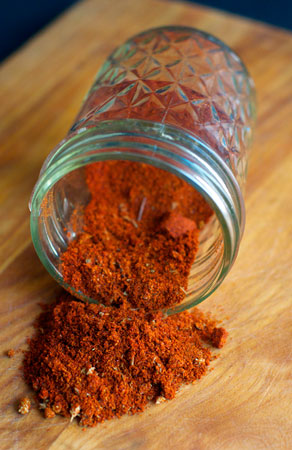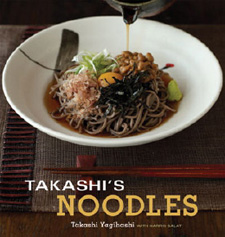 There is nothing like ordering fresh fish at a sea side tavern in Greece. It’s one of the quintessential experiences when visiting the Greek Isles. My friend Rich Campbell, who has uncanny knack for finding incredible places to eat, introduced me to a wonderful spot in Oia on Santorini called Taverna Katina in the quaint Ammoudi Port.
There is nothing like ordering fresh fish at a sea side tavern in Greece. It’s one of the quintessential experiences when visiting the Greek Isles. My friend Rich Campbell, who has uncanny knack for finding incredible places to eat, introduced me to a wonderful spot in Oia on Santorini called Taverna Katina in the quaint Ammoudi Port.
It’s simple, casual dining at its best. Mrs Katina oversees everything and beams with pride as guests enjoy her authentic Greek dishes. If you visit, be sure to try her tomatokeftedes (tomato balls) – a house specialty.
They offer the freshest fish, which you can choose from the display case inside the restaurant. We opted for local snapper - served whole with simple lemon and olive oil dressing on the side - and it was some of the best I’ve ever had.
If a trip to Greece isn’t in your near future, you can grill fresh snapper in your own backyard. Grilling a whole fish (head and all) delivers a richer, deeper flavor than grilling boneless fillets. If your fish are a little larger (between 1 1/2 and 2 pounds), simply grill them a minute or two longer on each side.

 I grew up loving “taco night”. It was one my favorite nights of the week. I love a crispy shell (a tortilla, lightly fried in oil), filled with seasoned meat,
I grew up loving “taco night”. It was one my favorite nights of the week. I love a crispy shell (a tortilla, lightly fried in oil), filled with seasoned meat,  First up is
First up is 
